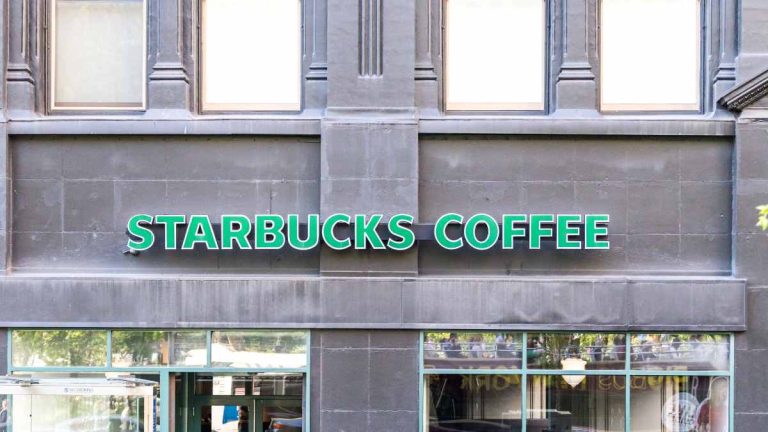Starbucks has made headlines by offering a staggering £88 million package to entice Brian Niccol, the former Chipotle CEO, to take the helm. Starbucks growth challenges at this stage include falling sales, customer dissatisfaction, and a growing number of competitors. Niccol, known for his success in revitalising Chipotle, now faces the monumental task of steering Starbucks through a difficult period.
Starbucks Growth Challenges – Leadership Turnover
Niccol’s arrival follows a series of leadership changes at Starbucks. Laxman Narasimhan, who took over less than two years ago, was recently ousted amid weak global sales, particularly in key markets like China and the United States. Price increases, longer wait times, and criticism from activist investors added to the pressure, making Narasimhan’s exit inevitable.
The company’s new CEO brings a strong track record, having doubled Chipotle’s sales and introduced innovative automation. While Niccol is being paid handsomely for his expertise, the challenges facing Starbucks may prove too significant for even him to overcome.
Saturated Markets and Homogenised Offerings
Starbucks once thrived by introducing coffee culture to neighbourhoods that had few options. Today, however, markets in the US, UK, and other major economies are oversaturated. For instance, the UK now boasts more than 20,000 coffee outlets, many of which are chain stores. Starbucks also faces stiff competition from rivals like Costa and Pret, which have grown into global players.
Beyond competition, Starbucks’ standardised offerings are losing appeal. While convenient, their uniform product line struggles to compete with smaller, local coffee shops that offer more authentic and unique experiences. As a result, Starbucks is no longer the first choice for many coffee drinkers.
Rising Labour Costs and Chinese Competition
Labour costs are another significant issue. With rising minimum wages and reduced access to affordable immigrant labour, Starbucks faces increasing financial strain. In the US, unionisation efforts have led to strikes at several outlets, further driving up operational costs.
Meanwhile, competition from China looms large. Chains like Luckin Coffee are expanding rapidly and could challenge Starbucks’ dominance not just in China, but globally. The Chinese market, once a lucrative growth opportunity for Starbucks, is becoming increasingly competitive.
The Future of Starbucks
Despite these hurdles, Starbucks remains a powerful brand with over 38,000 stores worldwide. It continues to generate solid profits and reward shareholders. However, according to our experts at Online Journal, the golden era of rapid growth seems to be over. Niccol’s task is not just to keep the brand afloat but to find a way to regain its lost momentum. Whether even an £88 million CEO can achieve that remains uncertain.

